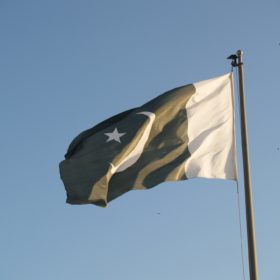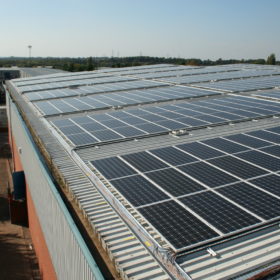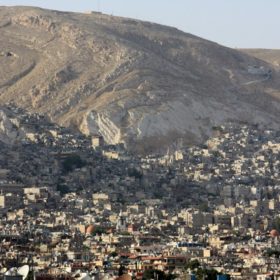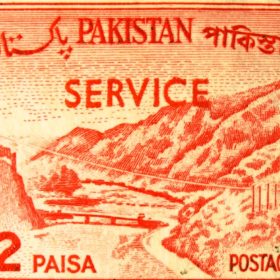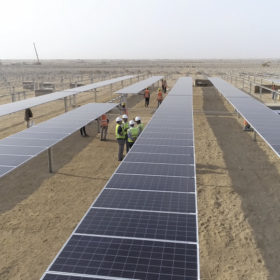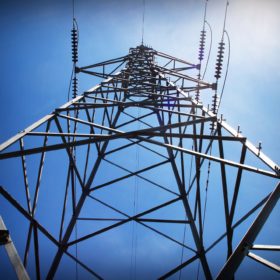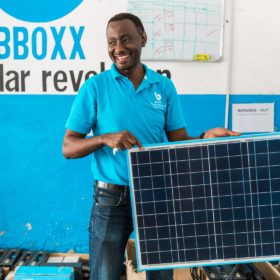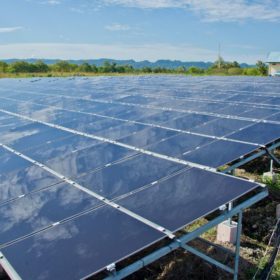Pakistani regulator expects solar capacity to hit 27 GW by 2047
Solar and wind are expected to account for a growing share of the electricity mix in the years ahead, rising from around 3% at present to 23% by 2030. Over the following two decades after that, however, this share will likely remain unchanged, as the national regulator expects the country to deploy more coal-fired generation capacity.
The best string configurations to avoid mismatch losses from rooftop PV shading
Researchers in Pakistan have evaluated the impact of shading on inverter set-ups to assess PV system performance. Tests were conducted on a 51 kW system featuring SMA inverter topologies but the researchers say the findings could be applied to products from other manufacturers. The results showed the number of maximum power point trackers is important but levelized cost of energy calculations are also crucial to selecting the right inverter configuration.
Syria launches tenders for 63 MW of solar
The Ministry of Electricity Transmission Establishment is seeking to build a 23 MW solar facility in Damascus and a 40 MW plant near Homs.
Pakistan Post wants solar
The postal operator, which is present in 12,000 locations nationwide, wants PV facilities to power its operations. Bidders have until February 20 to deliver on a call for expressions of interest and pre-qualify for the tender.
Solar is gaining traction in MENA region – but plenty of obstacles remain
Solar deployment continued to pick up in the Middle East and North Africa in 2019, the Middle East Solar Industry Association has said in its annual report.
Solar-plus-storage will start to make big inroads in the year ahead
By this time next year we may be able to wave goodbye to that old chestnut about renewables endangering security of supply. Elsewhere, the price of lithium – and the products it goes into – could go either way after tanking this year.
Pakistan gas field powered by 10 MW off-grid solar system
Italian oil and gas company Eni has completed a solar park at its Bhit Gas Field. The plant, which took six months to build, is integrated into the field’s generation system.
Pakistan’s Nepra mulls another 50 MW of solar
The country is steadily expanding solar generation capacity as it aims for 5 GW by 2022, helped by an influx of foreign investment from China’s Belt & Road infrastructure program and World Bank capital.
The rise and rise of Bboxx: Off-grid solar supplier lands another $50m
The solar home system company, which enables customers to pay their solar electricity bill through an app on their mobile on a PAYG basis, has conducted a monumental funding round as it eyes expansion to become a fully-fledged pay-as-you-go utility.
Chinese investment in renewables soars under Belt & Road initiative
A report by Greenpeace has found in the five years since China announced the continent spanning ‘One Belt, One Road’ infrastructure plan, investment in Belt & Road countries has supported 12.6 GW of wind and solar power generation capacity. That compares with just 450 MW which came online in the territories before 2014. The initiative has also supported 68 GW of new coal capacity.
